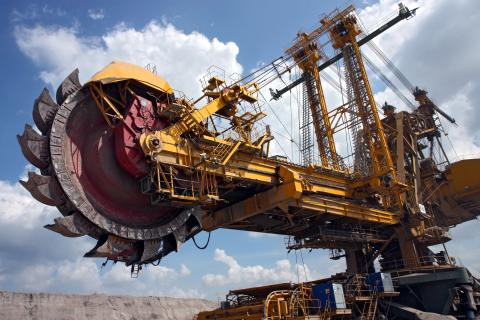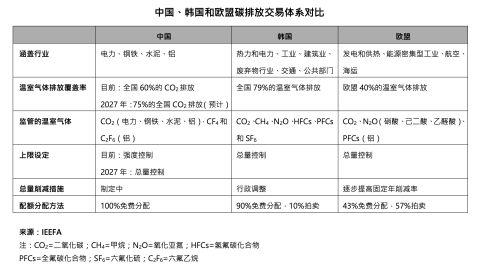IEEFA Update: After Restatement of Reserves, U.S. Coal Investment Rationale Gets Weaker
Coal reserves are considered the measure of a coal company.
Insurers, investors, government officials, market analysts and so on have typically considered company-reported reserves an indication of what can actually be cashed in on someday.
Digging into the data in coal company disclosure statements shows how some coal producers are now acknowledging that reserves have been overstated. S&P Global Market Intelligence reports this month that major coal companies like Peabody Energy, Arch Coal and Foresight Energy have taken significant write-downs of reserves since 2014. Peabody has written off 1.5 billion tons, or 20 percent, of its reserves. Arch Coal has written off 2.9 billion tons, more than 50 percent of its reserves. That’s a total of 4.4 billion tons that were once thought viable but are now being “left in the ground” by just those two companies.
Colorado-based Clean Energy Action identified the issue of companies overstating their coal reserves ahead of others who study the industry, and overstated coal reserves have been a mainstay of IEEFA’s work.
Industry analysts cited by S&P make these points:
- The persistent, long-term decline in coal prices (and, we might add, the rising cost of production) means these lost tons are unprofitable to mine.
- Coal mines must be assessed one at a time now for quality and proximity to viable plants.
- Profound changes in the electricity-generation sector, plant retirements and stiff competition make it difficult for mine owners and investors to gauge demand. Past performance is an unreliable measure of future results.
- More write-offs are likely.
We would add the following:
- Reserves remain overstated. Peabody and Alpha claim remaining reserves in the Powder River Basin of 15 to 20 years. In the Illinois Basin, even after write-offs, the companies still claim 60- to 80-year reserves.
- Federal coal-leasing policy that favors more mining is not ensuring American energy security. Rather, it is adding more coal to an oversupplied market and feeding speculation at a time when the industry should be closing mines and—in concert with the government—developing responsible plans for reclamation and regional economic transitions.
- The Government Accountability Office recommends an end to self-bonding for mine reclamation, and for good reason. Values attributed to coal reserves are unreliable measures of a company’s solvency, which means these companies may not be in a position to make good on their cleanup obligations. Recent efforts in Wyoming to tighten program rules show the worrisome nature of coal’s decline even in states that have worked hard to revive the industry. And what is the quality of data that third party insurers are using to justify underwriting reclamation?
- This is a wake-up call to the Securities and Exchange Commission, which—when asked about the issue— only mumbles. The Society for Mining, Metallurgy, and Exploration has for years asked that the SEC examine reserve methods and procedures on mining rules, urging the U.S. to adopt international standards that are more rigorous and that would let investors have a better look inside. The SEC does coal markets no favor by continuing with outmoded disclosure requirements.
- This is a clear message to capital markets and energy-policy planners to move apace with alternatives to coal to meet the nation’s electricity needs.
Fossil fuel industries—oil, gas and coal—have been the mainstay of the U.S. and global economy for over 100 years. The changes we are witnessing are only the beginning. Past performance is no guide to future results.
Enterprise-wide analysis is useless and irresponsible. Fleet, portfolio, geographic clusters or other aggregations of asset performance are suspect. As Alan Stagg from Stagg Resources Consultants says in the S&P Global Market Intelligence story, each mine faces its own circumstances. There are no more blue chip fossil fuel stocks.
The reserves issue is not limited to coal, but extends to fossil fuel extraction more broadly, as shown by IEEFA’s work on oil and gas reserves, an SEC investigation into reserve calculations, and ongoing efforts by attorneys general to get Exxon to come clean on climate change.
That means the sector requires more and deeper diligence, which might be worth the effort were performance anything like it used to be. But why waste resources when other companies and other sectors of the economy are performing more reliably?
For institutional investors like Blackrock, Elliot Management, State Street, Vanguard and other mutual fund managers still investing in coal, the question is: Why?
Tom Sanzillo is IEEFA’s director of finance.
RELATED ITEMS:
IEEFA Report: U.S. Coal Market Erosion Continues
IEEFA Update: Peabody’s Recovery Plan Overstates the Market for Coal















